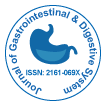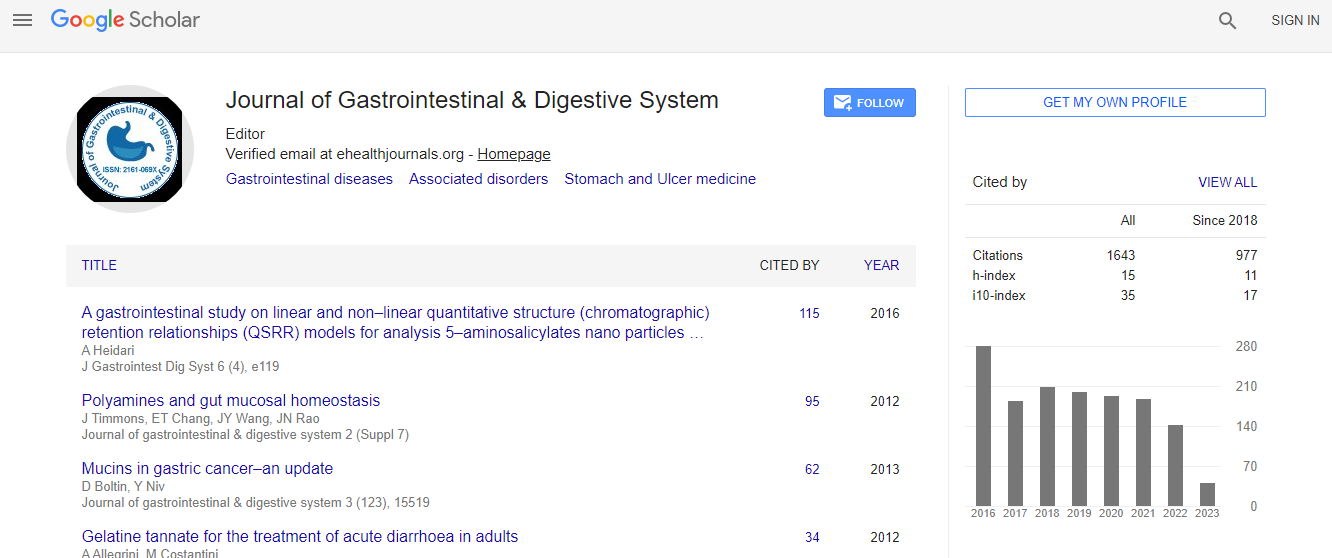Research Article
Sphincterotomy Related Perforations Diagnosed by CT: Incidence, Risk Factors and Outcome
Michael Shapiro1#, Laurian Copel2#, Dov Abramowich1, Eitan Scapa1, Haim Shirin1* and Efrat Broide1
1The Kamila Gonczarowski Institute of Gastroenterology, Liver Diseases and Nutrition, Assaf Harofeh Medical Center, Sackler Faculty of Medicine, Tel Aviv University,Tel Aviv, Israel
2Department of Diagnostic Imaging, Assaf Harofeh Medical Center, Zerifin 70300, Israel
#Michael Shapiro and Laurian Copel contributed equally to this paper and should therefore be considered first authors.
- *Corresponding Author:
- Haim Shirin, MD
The Kamila Gonczarowski Institute of Institute of Gastroenterology
Liver Diseases and Nutrition
Assaf Harofeh Medical, Center, Zerifin 70300, Israel
Tel: +972-8-9779722
Fax: +972-8-9779727
E-mail: haimsh@asaf.health.gov.il
Received date: April 28, 2015; Accepted date: May 18, 2015; Published date: May 25, 2015
Citation: Shapiro M, Copel L, Abramowich D, Scapa E, Shirin H, et al. (2015) Sphincterotomy Related Perforations Diagnosed by CT: Incidence, Risk Factors and Outcome. J Gastrointest Dig Syst 5:288. doi:10.4172/2161-069X.1000288
Copyright: © 2015 Shapiro M, et al. This is an open-access article distributed under the terms of the Creative Commons Attribution License, which permits unrestricted use, distribution, and reproduction in any medium, provided the original author and source are credited.
Abstract
Duodenal perforation occurring during endoscopic retrograde cholangiopancreatography (ERCP) has been shown to cause high mortality. For assessment the incidence and risk factors of perforation after ERCP and determine the clinical outcome, an abdominal computerized tomography (CT) scan was performed in 180 patients undergoing therapeutic ERCP during three years. Demographic data, type of procedure (classical or pre-cut papillotomy), type of perforation (intra or retroperitoneal), laboratory tests, treatment, and outcome were evaluated.
Retroperitoneal perforation was detected in 21 patients (11.7%). Of these in four patients, perforation was retro and also intraperitoneal. Five patients in the perforation group died, two due to the procedure and three from unrelated causes. Patients who died were older than patients who remained alive. None of the patients with a retroperitoneal perforation underwent surgery, but one died from sepsis. Serum bilirubin levels were significantly higher in patients with perforation. Difficult or unsuccessful cannulation of the CBD and pre-cut papillotomy were found to be risk factors for perforation.
We suggest to perform an abdominal CT soon after therapeutic ERCP in elderly patients with high bilirubin levels in whom the ERCP was difficult or unsuccessful, or pre-cut papillotomy was needed. In patients with a retroperitoneal perforation, closer monitoring for signs of sepsis and/or peritonitis is required.

 Spanish
Spanish  Chinese
Chinese  Russian
Russian  German
German  French
French  Japanese
Japanese  Portuguese
Portuguese  Hindi
Hindi 
